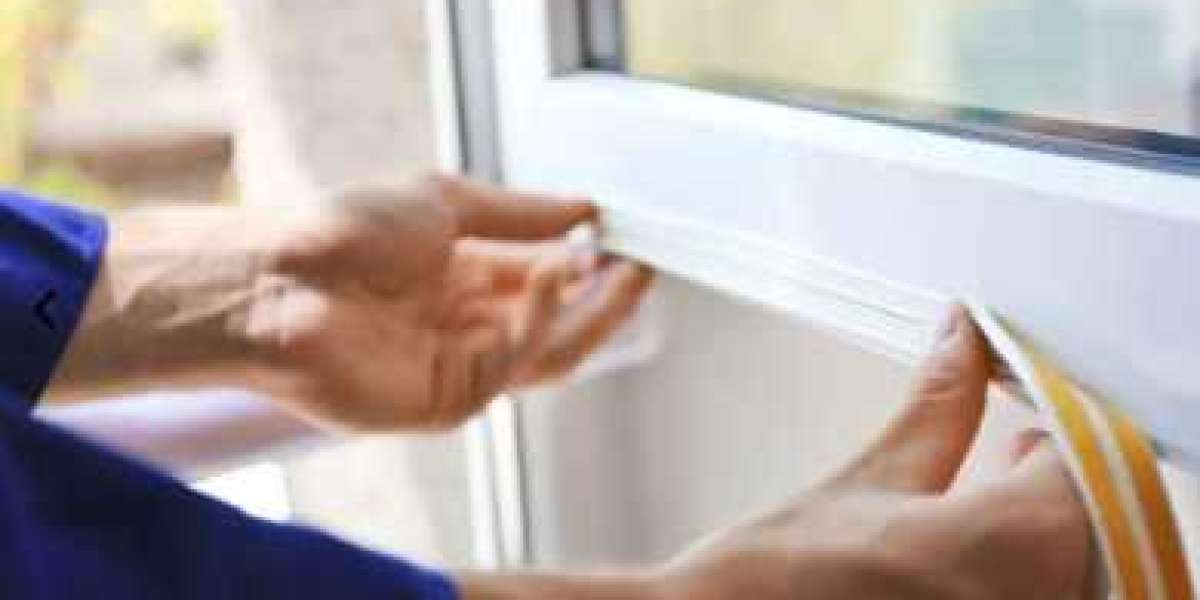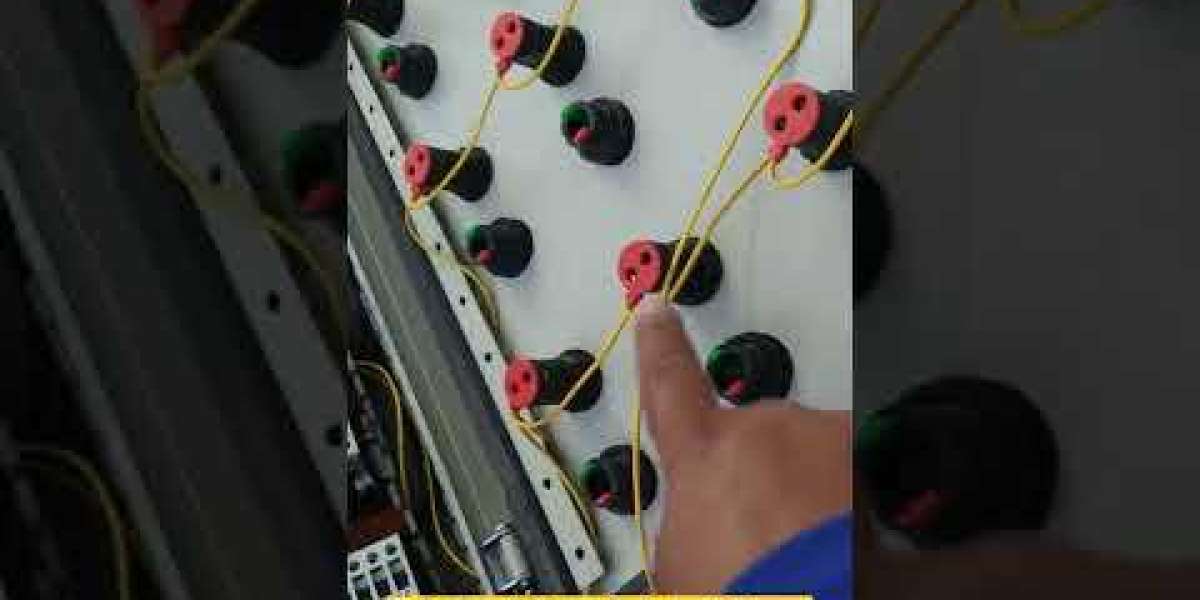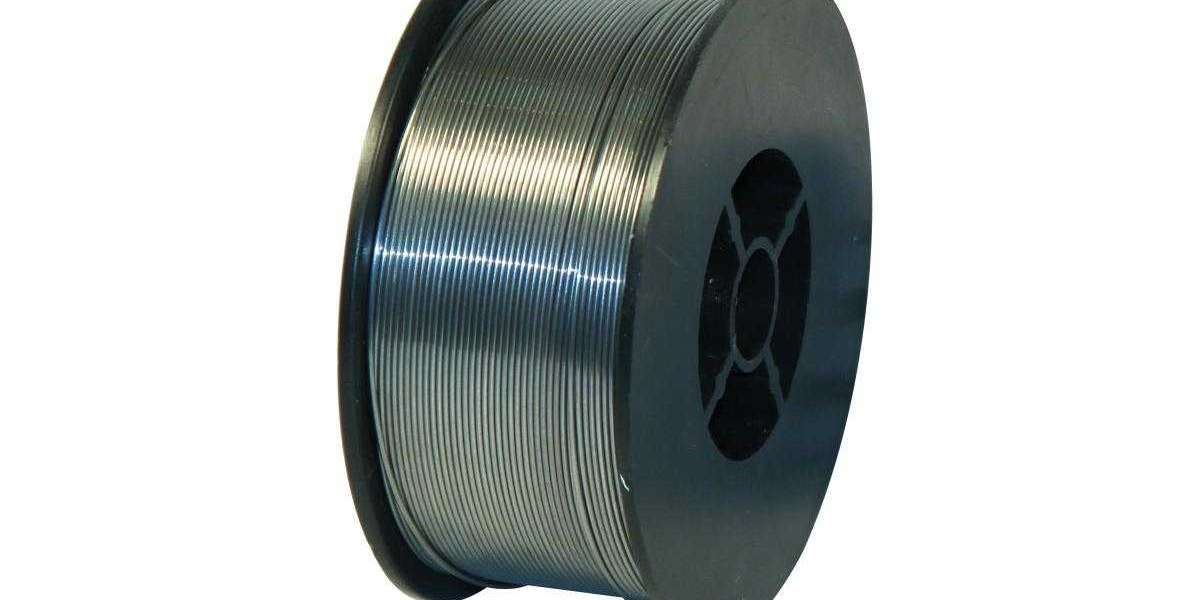Oklahoma City, with its diverse climate, poses unique challenges for homeowners. The region experiences hot summers, cold winters, and significant humidity fluctuations throughout the year. One effective way to maintain a comfortable indoor environment and reduce energy bills is through proper air sealing. This blog will explore the importance of air sealing, its benefits, and how residents of Oklahoma City can implement it effectively in their homes.
Understanding Air Sealing
Air sealing refers to the process of identifying and closing gaps, cracks, and openings in a building’s envelope to prevent unwanted air leakage. These gaps can occur around windows, doors, vents, and other structural elements, leading to drafts, energy loss, and reduced indoor air quality.
Why Air Sealing Matters in Oklahoma City
- Energy Efficiency: Oklahoma City's weather extremes require heating in the winter and cooling in the summer. Unsealed gaps can cause conditioned air to escape, forcing HVAC systems to work harder and consume more energy. Proper Air Sealing Oklahoma City OK can reduce this energy wastage, leading to lower utility bills.
- Enhanced Comfort: Drafts caused by air leaks can create uncomfortable indoor conditions, particularly during temperature extremes. By sealing these leaks, homeowners can achieve a more consistent and comfortable indoor temperature.
- Improved Indoor Air Quality: Air leaks can allow outdoor pollutants, allergens, and moisture to enter the home, affecting indoor air quality. Proper sealing helps to create a healthier living environment by minimizing the infiltration of these contaminants.
- Moisture Control: Oklahoma City’s humidity levels can lead to moisture problems if not managed correctly. Air leaks can allow humid air to enter, potentially causing mold growth and structural damage. Sealing gaps helps in maintaining optimal humidity levels indoors.
Identifying Air Leaks
Before sealing, it’s essential to identify where leaks are occurring. Common areas include:
- Windows and Doors: Check for gaps around frames and sills.
- Attic and Basement: These areas often have numerous penetrations for plumbing, wiring, and vents that can leak air.
- Electrical Outlets and Switches: Air can escape through gaps around these fixtures.
- Ductwork: Poorly sealed ducts can lead to significant air loss.
- Fireplaces and Chimneys: Ensure dampers are closed when not in use and check for gaps around the structure.
A professional energy audit can provide a thorough assessment, often using tools like blower doors and infrared cameras to detect leaks.
Air Sealing Techniques
- Caulking and Weatherstripping:
- Caulking is used to seal stationary components like window frames. It’s flexible and can fill small gaps effectively.
- Weatherstripping is suitable for moving parts like doors and operable windows. Different types include adhesive-backed foam, felt, and vinyl.
- Spray Foam: Expanding spray foam is ideal for sealing larger gaps and cracks. It can be used around plumbing and electrical penetrations, attic hatches, and basement rim joists.
- Rigid Foam Insulation: This material can be used to cover larger areas in the attic or basement to create an air barrier. It’s particularly effective when combined with caulking and spray foam to seal edges and joints.
- Door Sweeps and Thresholds: Installing door sweeps on the bottom of doors and thresholds can prevent air from leaking underneath.
- Outlet and Switch Gaskets: Simple foam gaskets can be installed behind electrical outlets and switch plates to reduce air leakage.
DIY vs. Professional Air Sealing
While many air sealing tasks can be tackled as DIY projects, some situations may require professional expertise. For instance, sealing ductwork often needs specialized materials and techniques to ensure long-term effectiveness. Similarly, identifying hidden leaks and determining the most efficient sealing methods can be challenging without professional tools and experience.
The Cost of Air Sealing
The cost of air sealing can vary based on the size of the home, the extent of leaks, and whether the work is done DIY or by professionals. On average, homeowners can expect to spend a few hundred dollars on materials for a DIY project. Professional services, while more expensive, offer the assurance of a thorough job and can lead to significant energy savings over time.
Benefits Beyond Energy Savings
- Environmental Impact: Reducing energy consumption lowers the carbon footprint of a home, contributing to broader environmental benefits.
- Increased Home Value: Energy-efficient homes are increasingly attractive to buyers. Investing in air sealing can enhance the marketability of a property.
- HVAC Longevity: By reducing the workload on heating and cooling systems, air sealing can extend the lifespan of these critical appliances.
Conclusion
Air Sealing Oklahoma City OK is a crucial step for homeowners in Oklahoma City to enhance their home's energy efficiency, comfort, and indoor air quality. Whether approached as a DIY project or with the help of professionals, the benefits of air sealing are substantial and long-lasting. By taking the time to identify and seal air leaks, residents can enjoy a more comfortable living environment and lower energy bills, making it a wise investment for any homeowner.








